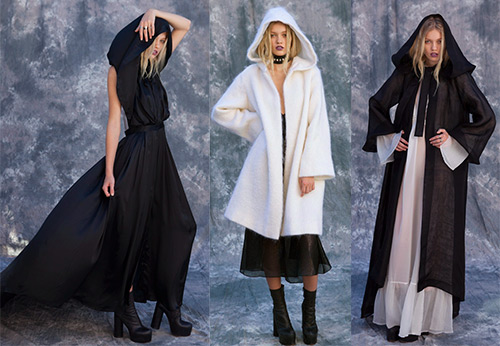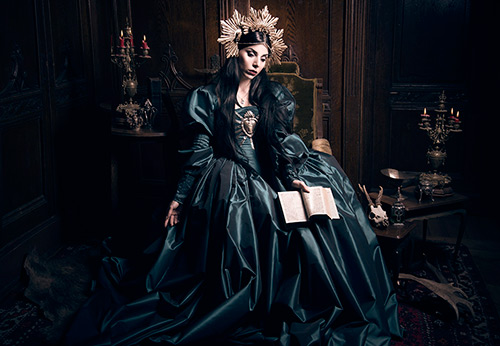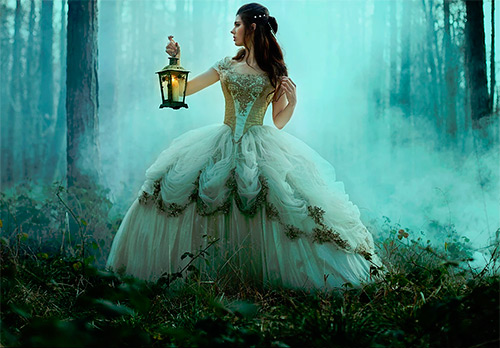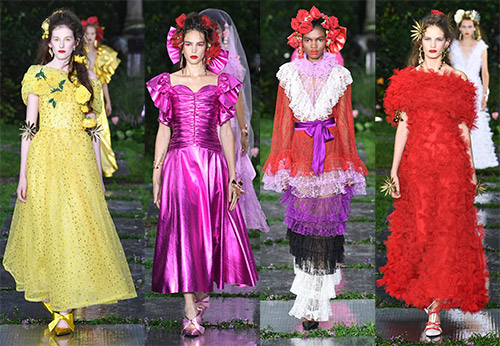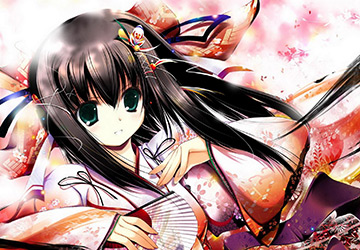Style
Tolkienist role-players and their images
Dreams are different, some lead to great inventions and discoveries, others remain only dreams forever, but there are fabulous and fantasy dreams, they bring pleasure, give us books and films, and turn some dreamers into fairy-tale characters.
I like fantasy, but I never wanted to try to get used to the image of a certain character in a famous book or film, my fantasy immediately draws its own character, its own fairy tale, where only my rules are. Everyone wants to live in a free ideal world, but most require ready-made images, laws and guidelines, so followers of anime and fantasy choose ready-made characters to create costumes and images.
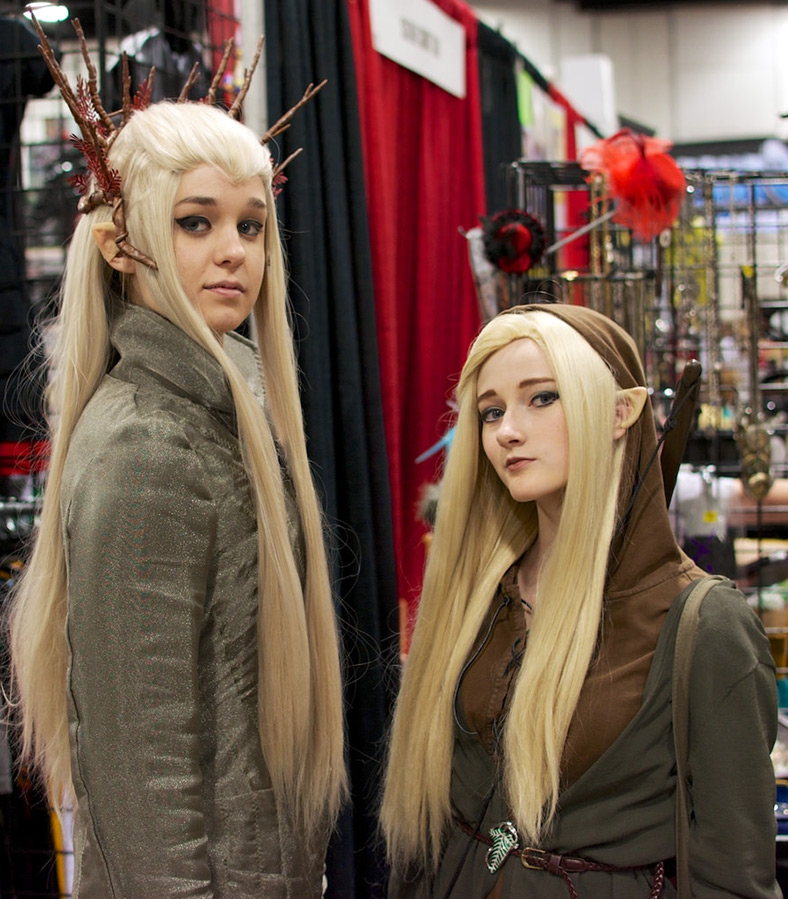
Today we will look at roleplayers, fans of the epic "The Lord of the Rings".
People who are addicted to role-playing games - dramatic action with a plot and the presence of roles, are called role-playing. Role-playing belongs to both subcultures and simply an exciting type of hobby. That is, in this case, role players can be called a subculture, or they can not be considered as such at all.
Unlike classic youth subcultureswhich are closely related to music, the origins of role-playing games can be literary works or computer games, the movement of role-playing has much in common with historical reconstruction. The age of representatives of this subculture is also not limited. Among the representatives of the role movement, you can find both young people and people of age.
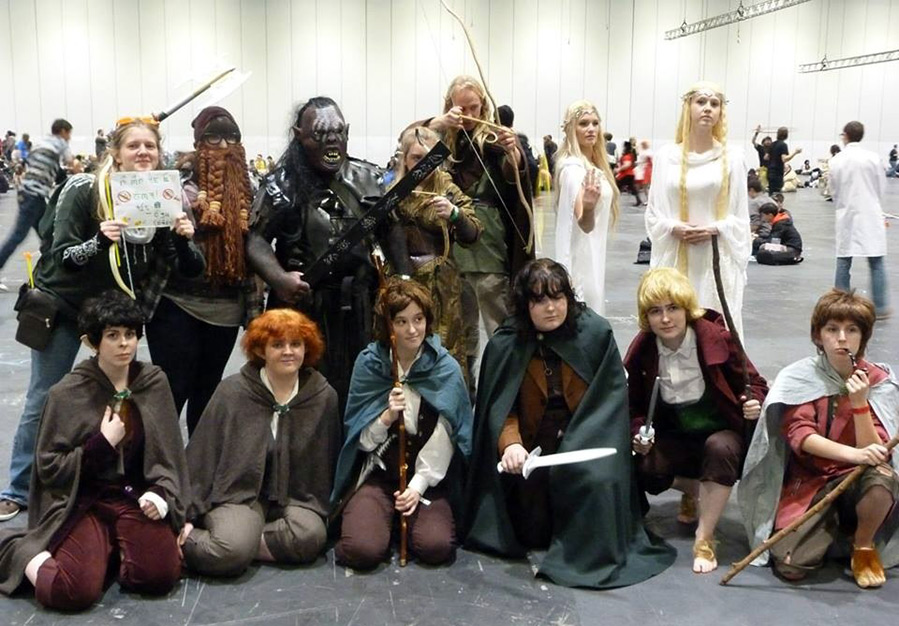
One of the first among fans of role-playing games are Tolkienists. The Tolkienist movement appears in the 1960s simultaneously with hippie subculture... The appearance of the Tolkienists is associated with the work of the writer D. Tolkien and the publication of his work "The Lord of the Rings".
Tolkienists try to completely copy certain images from the works of D. Tolkien. They can imagine themselves as elves, orcs, hobbits. At certain events of the Tolkienists - festivals, holidays, joint meetings - a certain plot related to the literary basis is played out. At the same time, many get used to the image so much that sometimes they lose touch with reality.
Among role-players, including Tolkienists, there are cases when, during a population census, one or another representative of a given subculture can indicate, for example, his nationality as elf.
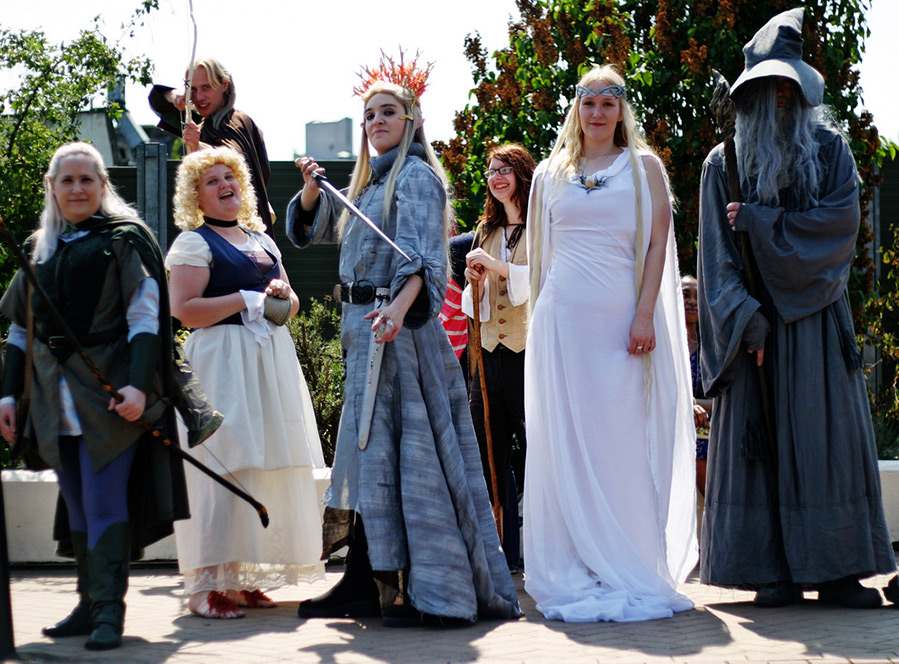
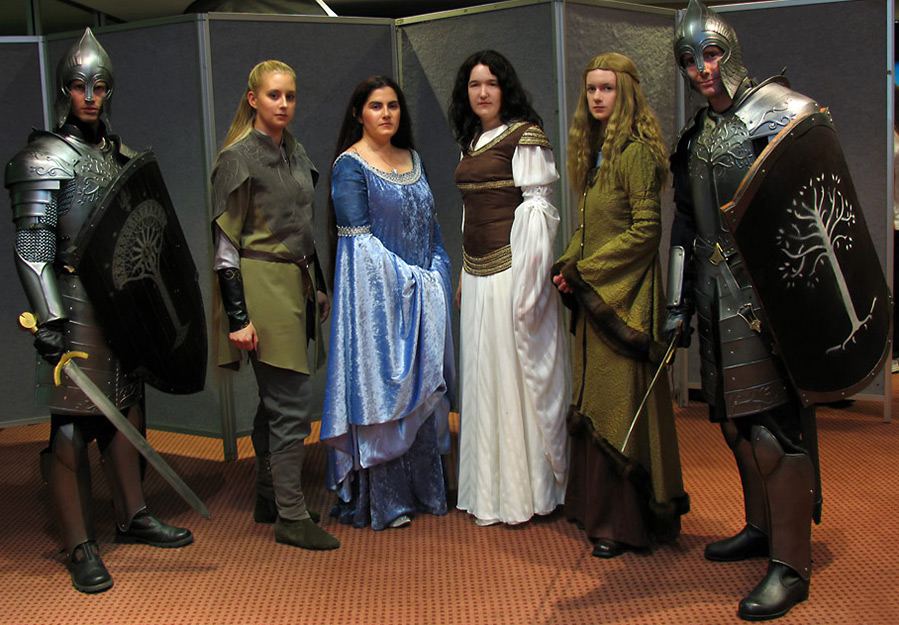
In addition to playing a literary plot, Tolkienists also study the literary basis, thoroughly reading the storylines and even identifying certain contradictions. Tolkienists are also engaged in writing fanfiction based on their favorite work.
At the same time, representatives of this movement can dress in the style of the Tolkien world not only during their events, but also in everyday life.
The Tolkien style is generally a medieval costume with stylized elements.
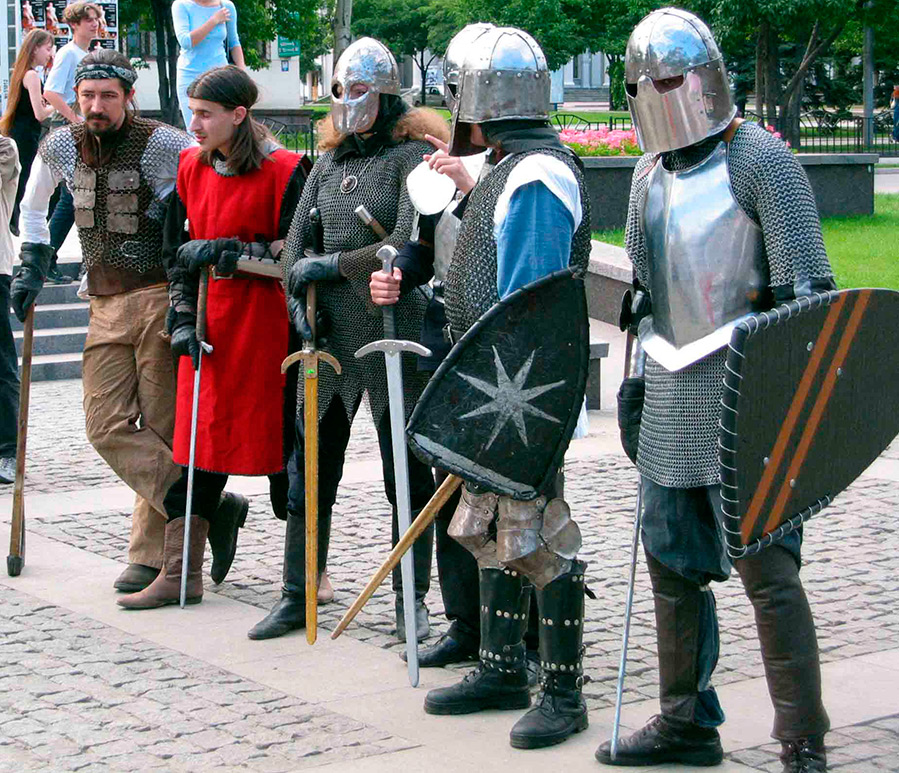
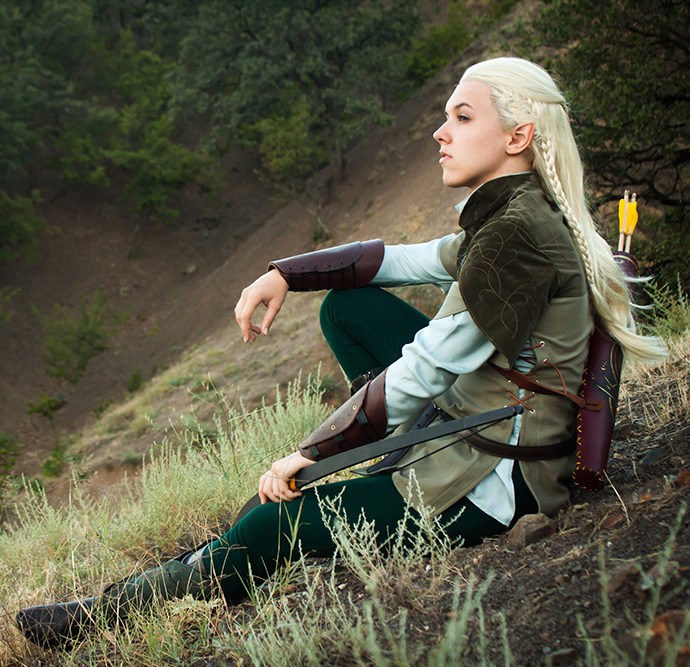
They sew their costumes based on the literary description of the clothes of a particular character, while if there is not enough information about the details of the costume, then in this case they can be replenished using their own imagination. Tolkienists most often sew their costumes on their own. Long dresses decorated with many beads and rhinestones are sewn for women, medieval costumes with sleeves-lanterns and tight-fitting trousers like leggings for men.
Tolkienists also use makeup, and very often make-up. For example, "elves" can use false ears in order to give their ears the correct pointed shape of an elf ear. Hairstyles are also "adjusted" to the image and style of a certain character, borrowed from a literary work.However, the field for fantasy is wide enough and the costumes and images of Tolkienists can often become a real work of art.
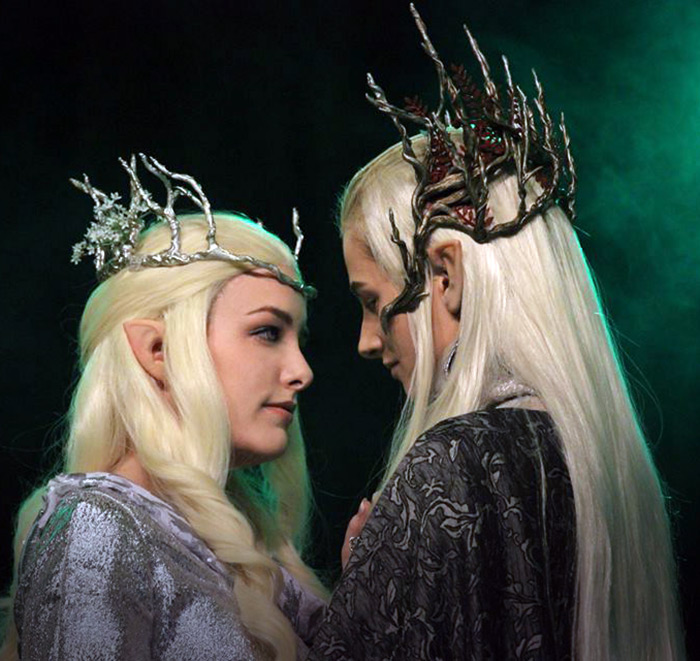
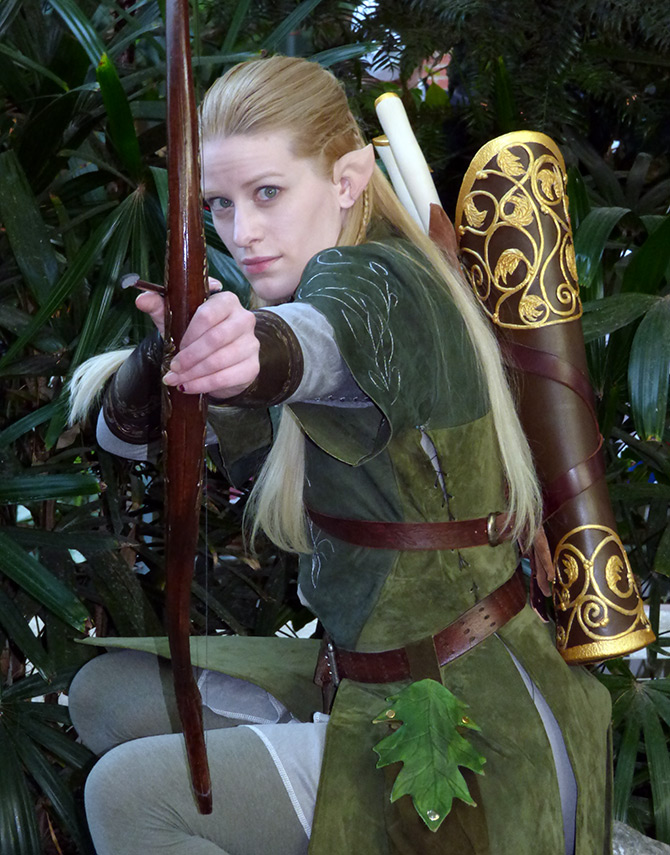
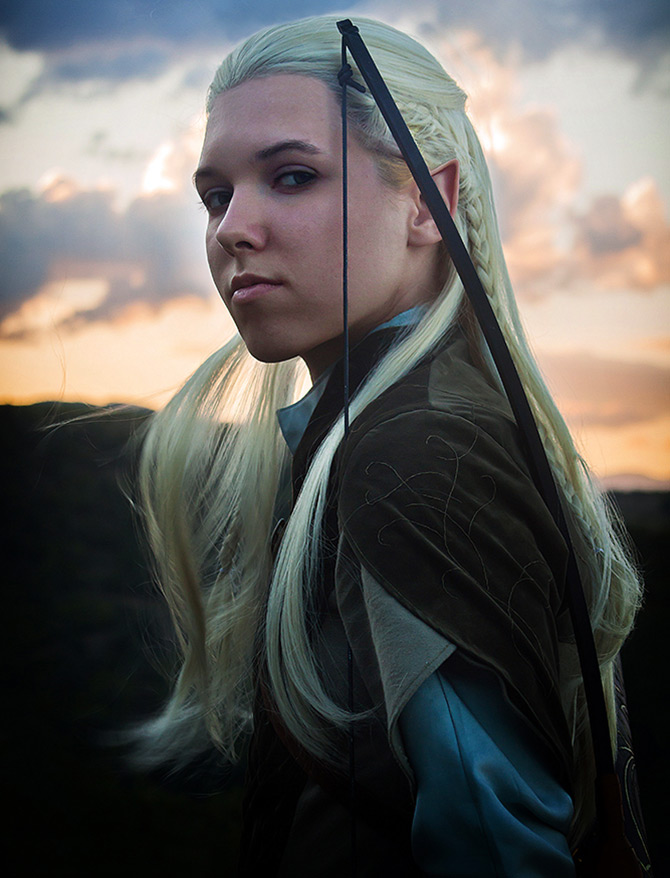
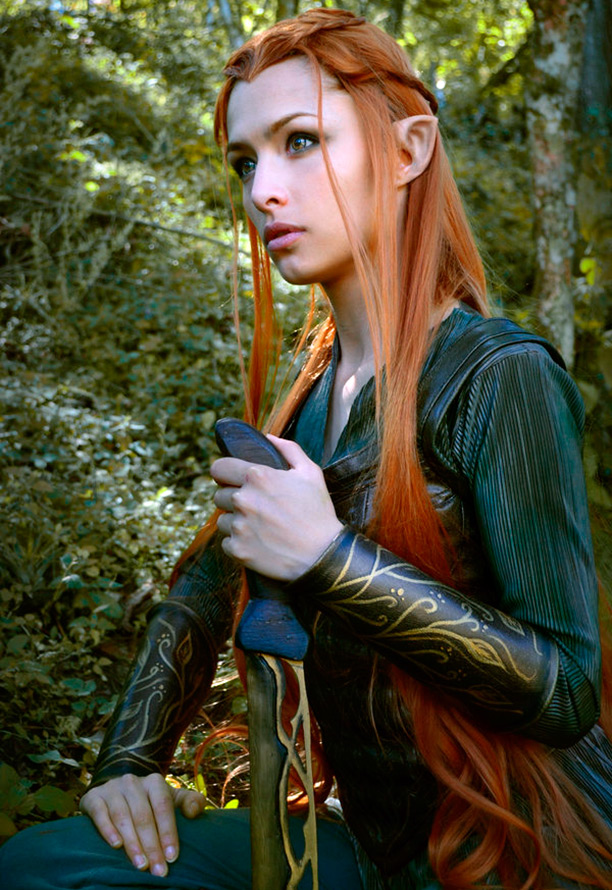
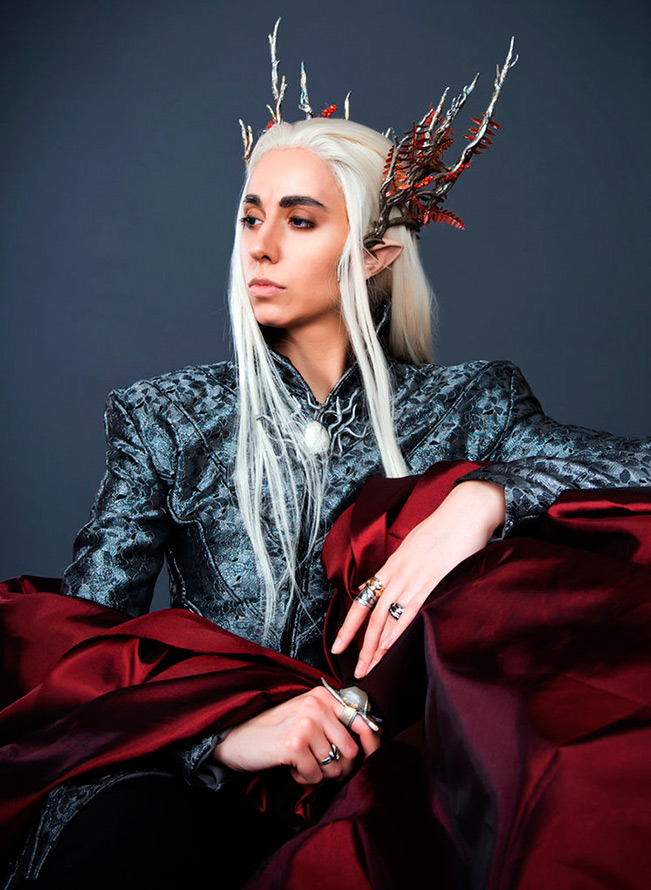
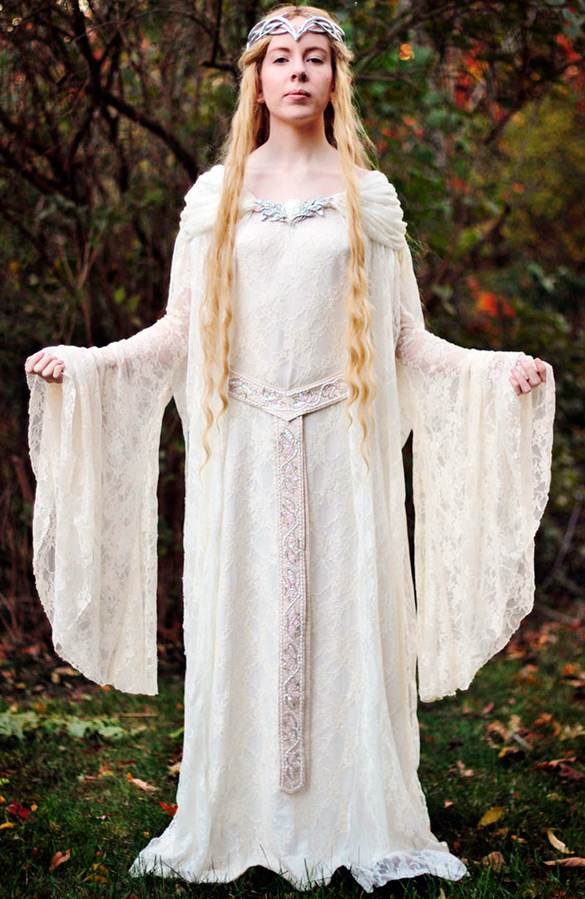
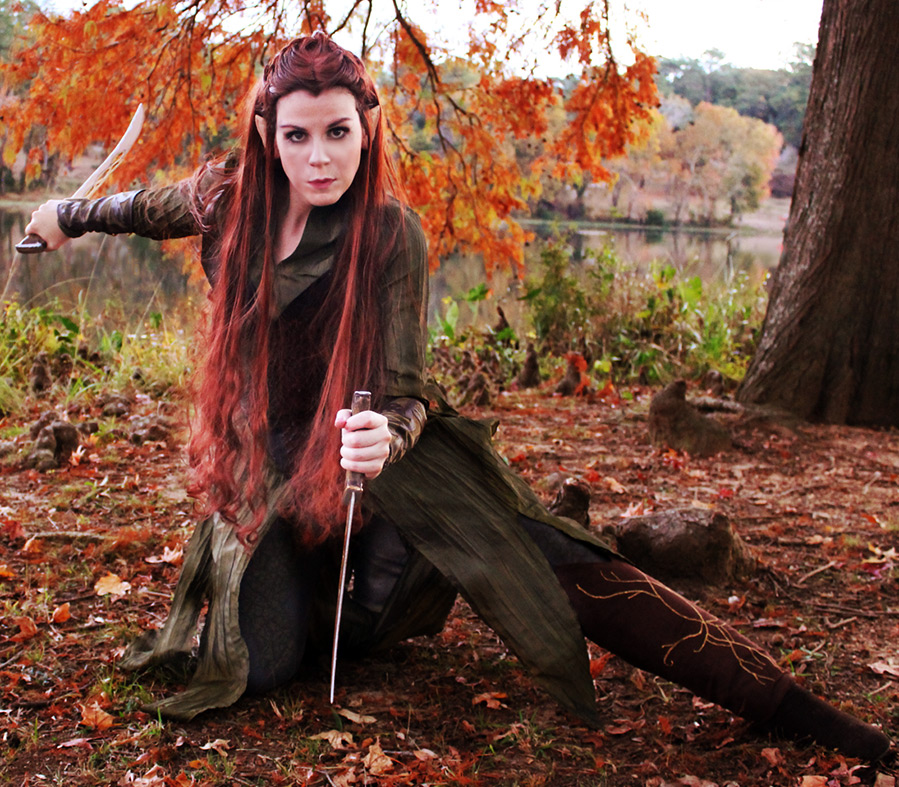
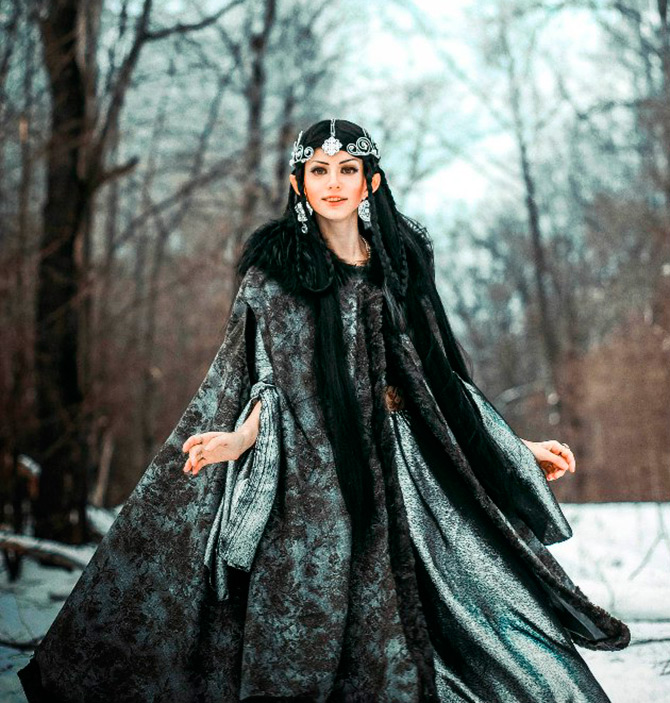
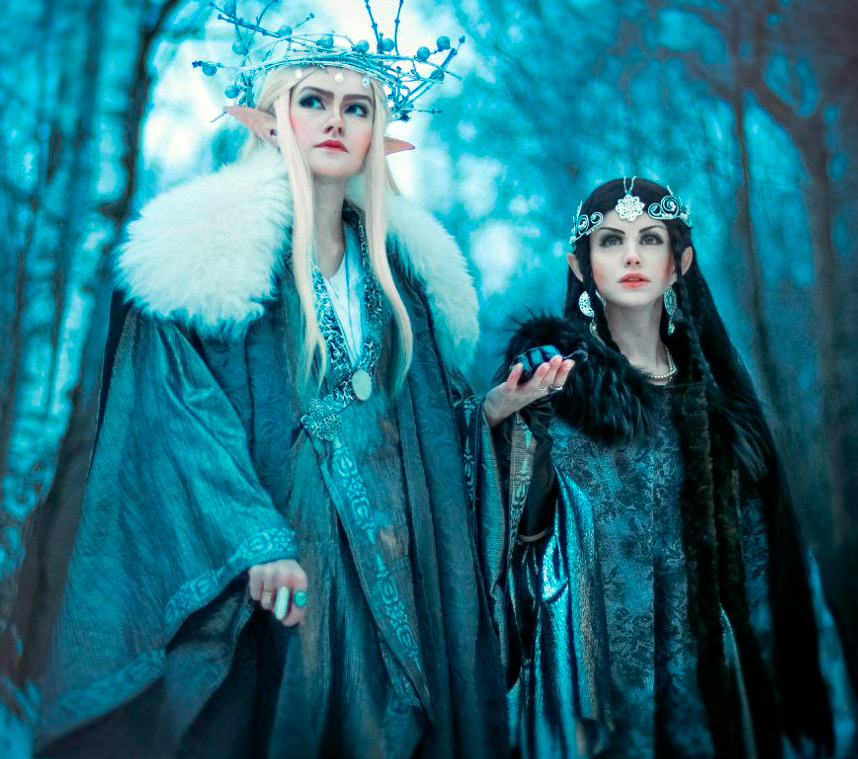
Comments and Reviews
Add a comment
Rating news
Shades of clothing that make women look younger
What shades of hair make women younger: rules and photos
Funny wedding dresses - photos and ideas
12 most expensive down jackets for the winter
How to look 25 at 40: tips from supermodels
Beautiful schoolgirls
Anti-aging haircuts and hairstyles for women
Fashionable skirts for autumn and winter
Fashionable women's trousers for the cold season
Fashionable and stylish sandals for summer 2024
Spring-summer 2024
 Fashionable dresses and tops with thin spaghetti straps
Fashionable dresses and tops with thin spaghetti straps
 Bandana tops: how to wear stylishly and beautifully
Bandana tops: how to wear stylishly and beautifully
 How to put together the perfect men's wardrobe for the summer
How to put together the perfect men's wardrobe for the summer
 Fashionable shorts for spring-summer 2024
Fashionable shorts for spring-summer 2024
 Fashionable skirts for spring-summer 2024: a guide to online shopping
Fashionable skirts for spring-summer 2024: a guide to online shopping
 The most fashionable dresses spring-summer 2024: styles and colors
The most fashionable dresses spring-summer 2024: styles and colors
 Fashionable total look 2024: ideas of images and trends
Fashionable total look 2024: ideas of images and trends
